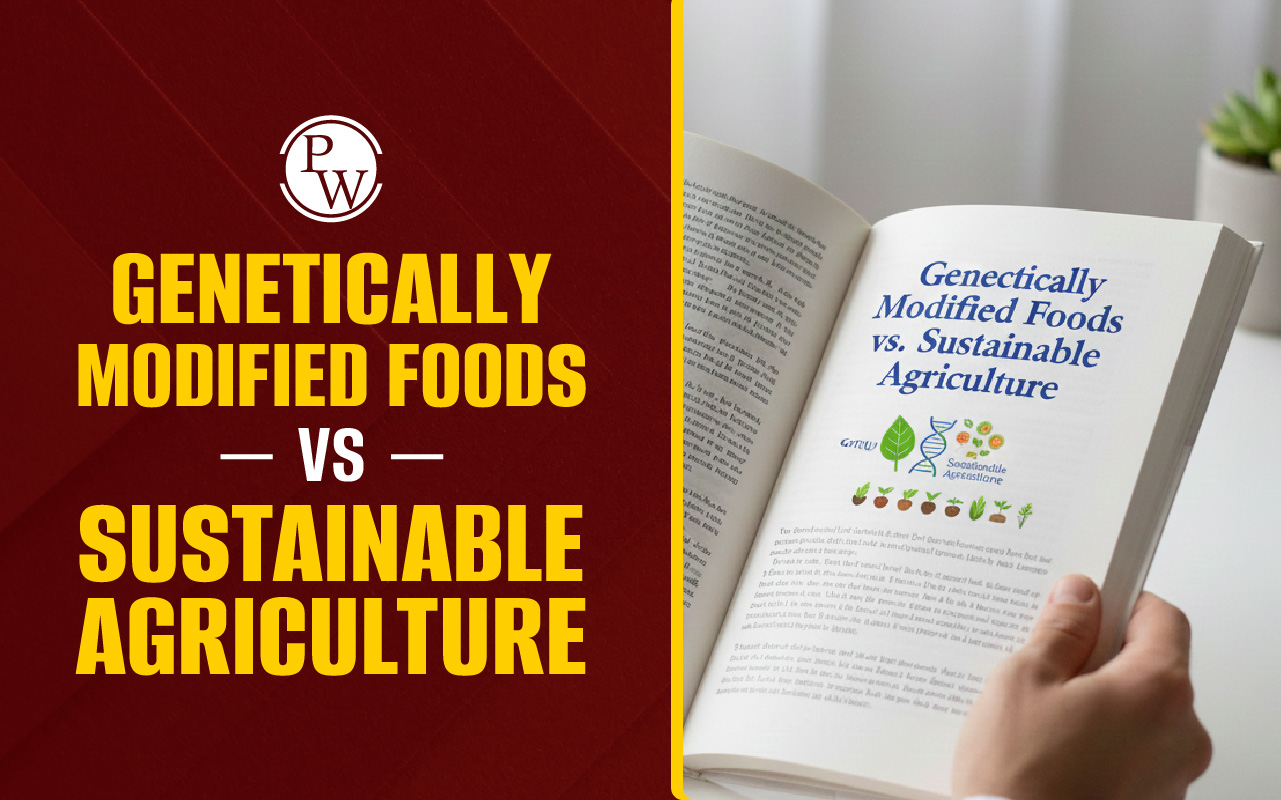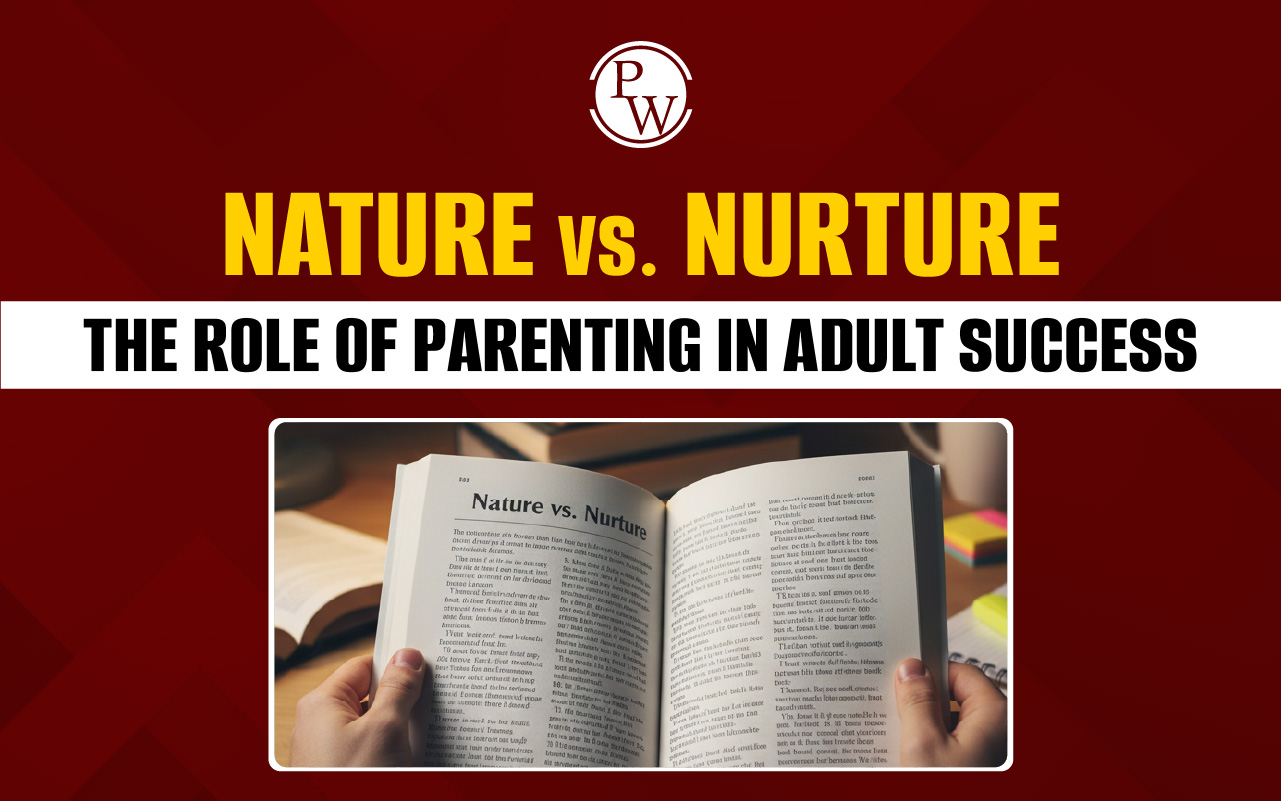
Seaweeds of New Zealand Reading Answers: “Seaweeds of New Zealand” is a topic that explores the diverse species of seaweed native to New Zealand and their significant nutritional, commercial, and ecological roles. This guide provides a detailed passage, along with answers to help IELTS candidates practice efficiently. The passage features two common question types: Matching Headings and Flowchart Completion. Practicing these question formats will strengthen your ability to identify key ideas and improve your skills in locating specific information quickly. Read through this guide to enhance your understanding of the “Seaweeds of New Zealand Reading Answers” and improve your performance on the IELTS Reading module.
Seaweeds of New Zealand Reading Answers Passage
New Zealand Seaweed Reading Passage
Paragraph A: A particularly nutrient-dense diet, seaweed concentrates and absorbs small portions of numerous minerals essential to the body's wellness. Aluminium, barium, calcium, chlorine, copper, iodine, and iron are just a few of the many elements that can be found in seaweed. Traces of these elements are typically formed by erosion and transported to the seaweed beds by river and sea currents. Seaweeds are also a good source of vitamins; in fact, Eskimos eat a lot of seaweed to meet their needs for vitamin C.
Paragraph B: Seaweed's nutritional importance has been widely recognised. For illustration, the Japanese and Maori people, who have historically consumed seaweed, have extraordinarily low rates of goitre, which the high iodine concentration of these foods may explain. According to studies into historical Maori eating habits, Seaweeds, fresh fruit, nuts, cape gooseberries, fuchsia and tutu berries, and a variety of other fruits that either naturally flourished here or were cultivated from seeds, were used to make jellies, which were brought by settlers and explorers.
Paragraph C: Over 700 species of seaweed are native to New Zealand, some of which are unrepresented elsewhere. New Zealand also grows a significant portion of numerous species that are cultivated globally. For instance, Gigartina, a close relative of carrageen or Irish moss, is thought to have 30 species in New Zealand. The New Zealand carrageens are the name given to these. This species has a wide range of commercial uses thanks to the gel-forming substance called agar that can be extracted from them, including toothpaste, cough mixture, confectionary, cosmetics, canning, paint, and leather industries, as well as the production of duplicating pads and seameal, from which seameal custard is produced. In actuality, New Zealand Gigartina, during World War II, was sent to Australia to be used in toothpaste.
Paragraph D: Although there are numerous red seaweeds that are commercially successful and may be used to make agar in New Zealand (including Pterocladia, Gelidium, Chondrus, and Gigartina), there wasn't much of a use for them prior to 1940. The Northern Hemisphere Irish moss (Chondrus crispus) from England and ready-made agar from Japan were once imported by New Zealand, respectively. Even though the Gigartina's range is restricted to specific places according to the species, its occurrence is only rare on the east coast of the North Island. And even then, there is still a sizable supply of the two Pterocladia species from which agar can be obtained along the east coast and in the surroundings of Hokiangna. Fortunately, health food stores now manufacture agar in New Zealand.
Paragraph E: Seaweeds are categorised into three classes based on colour: red, brown, and green. Each class has a preferred habitat. However, few are completely one colour, especially when dried, with the exception of the recognisable sea lettuce (Ulva).
Paragraph F: A brown species may turn almost completely black, whereas a red species may seem black, brown, pink, or purple. Nonetheless, because the elements that determine where seaweed will grow are highly accurate and consequently tend to occur in very well-defined zones, identification is still made easier. Notwithstanding a few exceptions, green seaweeds are often found in shallow-water algae, whereas brown seaweeds are found in medium depths and red seaweeds are found in deeper waters. Sea bombs, Venus' necklace, and the majority of the brown seaweeds are most frequently seen on flat rock surfaces close to mid-level tides. The purple laver, commonly described as the Maori karengo, which resembles a reddish-purple lettuce, is also found here. Bull kelp, strap weeds, and other hardy species are typically found on deep-water rocks on open coasts that are only exposed at very low tide. Species that can withstand prolonged exposure to the sun and air are typically found on the upper shore, whereas species that can't withstand it as well are typically located closer to or below the low-water line. Seaweed zones are influenced by the sun's radiation, water temperature, and time spent immersed.
Paragraph G: Seaweeds can spread through spores or through the fertilisation of egg cells. Few have leaves, none have flowers, fruits, or seeds, and none have roots in the normal sense. When a plant is submerged in water, it absorbs nutrients through its fronds; the base, or "holdfast," of seaweed is merely an attaching organ and not an absorbing one.
Paragraph H: Some of the large seaweeds, like bull kelp, contain huge air-filled cells, while others, like air-filled floats, maintain their buoyancy. Certain plants that spend a lot of time in the open air frequently prevent dehydration by having swollen stems that are filled with water, having swollen nodules (like Venus' necklace), or having an unusual shape like a sea bomb. Some, like the sea cactus, have a mucilage-coated surface or are filled with sticky fluid. Its layer has two purposes in some of the larger kelps: it keeps the plant moist, and it shields it from the destructive action of waves.
| IELTS Exam Important Links | |
|---|---|
| IELTS Reading Band Score | IELTS Listening Band Score |
| IELTS Speaking Band Score | IELTS Writing Band Score |
Seaweeds of New Zealand Reading Answers Sample Questions
Questions 1-6: Matching Headings
Match the headings to the paragraphs in the reading passage.
Headings:
-
Seaweed Identification
-
The Commercial Importance of Seaweed
-
Nutritional Benefits of Seaweed
-
Seaweed Growth and Habitat Zones
-
The Composition of Seaweed
-
Unique Characteristics of New Zealand Seaweed
Paragraphs:
-
Paragraph A
-
Paragraph B
-
Paragraph C
-
Paragraph D
-
Paragraph E
-
Paragraph F
-
Paragraph G
-
Paragraph H
Questions 7-9: Flowchart Completion
Complete the flowchart below with NO MORE THAN THREE WORDS from the passage.
Seaweed Growth Process
-
Seaweed absorbs nutrients through its __________.
-
Seaweed reproduces by __________ or fertilization of egg cells.
-
The base of seaweed is known as __________.
Questions 10-13: Matching Features
Match the features below with the correct seaweed species or their specific characteristics mentioned in the passage.
Features: A. Found mostly in deep water
B. Contains air-filled cells to aid buoyancy
C. Grows in shallow water
D. Used commercially in various industries
Seaweed Species:
-
Bull kelp
-
Purple laver
-
Gigartina
-
Venus' necklace
Seaweeds of New Zealand Reading Answers with Explanations
1. Seaweed Identification
-
Answer: Paragraph F
-
Answer Reference: "Identification is still made easier"
-
Explanation: This paragraph discusses how seaweed is identified based on its color and location, and how different types of seaweed are found in specific habitats, such as shallow water for green seaweeds, medium depths for brown seaweeds, and deep water for red seaweeds.
2. The Commercial Importance of Seaweed
-
Answer: Paragraph C
-
Answer Reference: "New Zealand carrageens are the name given to these. This species has a wide range of commercial uses."
-
Explanation: This paragraph explains the commercial value of New Zealand seaweed, such as its use in toothpaste, cosmetics, food industries, and other products like duplicating pads and paint.
3. Nutritional Benefits of Seaweed
-
Answer: Paragraph A
-
Answer Reference: "Seaweed concentrates and absorbs small portions of numerous minerals essential to the body's wellness."
-
Explanation: This paragraph highlights the various minerals and vitamins that seaweed provides and its nutritional benefits, like how Eskimos eat seaweed to meet their vitamin C needs.
4. Seaweed Growth and Habitat Zones
-
Answer: Paragraph E
-
Answer Reference: "Seaweeds are categorised into three classes based on colour: red, brown, and green. Each class has a preferred habitat."
-
Explanation: This paragraph explains the different types of seaweed (red, brown, and green) and where each type typically grows, giving an overview of seaweed habitat zones.
5. The Composition of Seaweed
-
Answer: Paragraph G
-
Answer Reference: "Few have leaves, none have flowers, fruits, or seeds, and none have roots in the normal sense."
-
Explanation: This paragraph discusses the physical composition of seaweed, such as its lack of flowers, fruits, and roots, and how it absorbs nutrients through its fronds.
6. Unique Characteristics of New Zealand Seaweed
-
Answer: Paragraph D
-
Answer Reference: "Fortunately, health food stores now manufacture agar in New Zealand."
-
Explanation: This paragraph explains New Zealand's unique contribution to the seaweed industry, particularly how it produces agar from specific seaweed species, which are now used commercially.
7. Seaweed absorbs nutrients through its __________.
-
Answer: fronds
-
Answer Reference: "When a plant is submerged in water, it absorbs nutrients through its fronds."
-
Explanation: Seaweed absorbs nutrients through its fronds, not through its base (holdfast).
8. Seaweed reproduces by __________ or fertilization of egg cells.
-
Answer: spores
-
Answer Reference: "Seaweeds can spread through spores or through the fertilisation of egg cells."
-
Explanation: Seaweed reproduction occurs through spores or egg cell fertilization, which is how they spread.
9. The base of seaweed is known as __________.
-
Answer: holdfast
-
Answer Reference: "The base, or 'holdfast,' of seaweed is merely an attaching organ and not an absorbing one."
-
Explanation: The base of seaweed, called the holdfast, attaches the seaweed to surfaces but does not absorb nutrients.
10. Found mostly in deep water
-
Answer: 1. Bull kelp
-
Answer Reference: "Bull kelp, strap weeds, and other hardy species are typically found on deep-water rocks on open coasts."
-
Explanation: Bull kelp is found in deep-water rocks on open coasts.
11. Contains air-filled cells to aid buoyancy
-
Answer: 1. Bull kelp
-
Answer Reference: "Some of the large seaweeds, like bull kelp, contain huge air-filled cells."
-
Explanation: Bull kelp has air-filled cells that help it stay buoyant in water.
12. Grows in shallow water
-
Answer: 2. Purple laver
-
Answer Reference: "The purple laver, commonly described as the Maori karengo, which resembles a reddish-purple lettuce, is also found here."
-
Explanation: The purple laver (Maori karengo) is found in shallow water, as described in the passage.
13. Used commercially in various industries
-
Answer: 3. Gigartina
-
Answer Reference: "Gigartina...is thought to have 30 species in New Zealand...This species has a wide range of commercial uses thanks to the gel-forming substance called agar."
-
Explanation: Gigartina is used commercially in several industries, including food, cosmetics, and pharmaceuticals due to its agar content.
Also Read:
- Should You Use All Capital Letters in the IELTS Listening and Reading Tests
- IELTS Reading Mistakes
- How to Improve IELTS Reading Score
- How to Manage Time in IELTS Reading
Guidance of PW IELTS
Physics Wallah offers multiple online IELTS courses for all students. Follow the IELTS pages to better prepare for the exam.
| What is IELTS Exam? | Documents Required for IELTS Registration |
| IELTS exam eligibility requirements | IELTS Exam Fees |
| IELTS test results | IELTS Exam Pattern |
Seaweeds of New Zealand Reading Answers FAQs
What are the nutritional benefits of seaweed mentioned in the passage?
How is seaweed used in commercial industries in New Zealand?
What are the three classes of seaweed and their preferred habitats?
How does seaweed reproduce?
What are some unique physical characteristics of seaweed?










